Polish emigration began in 1772, when Prussia, Austria and Russia began to divide their territories into the Polish-Lithuanian Commonwealth. Polish immigration to Canada began in the late 18th century. Many families left Poland in search of a better life. Canada seemed like an excellent escape from the difficult conditions they were experiencing in Poland. Including religious persecution, overpopulation, lack of employment and poverty.
Dominik Barcz was the first Polish settler in Canada. His arrival in Canada in 1753 can be found in early Canadian censuses. He settled in Montreal, Quebec, Canada.
Immigration from Poland to Canada declined in the following years until the 19th century. Canada had six major waves of Polish immigration. From 1854 to 1901, 1916 to 1939, 1944 to 1956, 1957 to 1979 and 1980 to 1993, Canada saw waves of Polish settlers coming.
The first wave of Polish immigrants
The first significant wave of immigrants arriving in Canada from Poland was in 1858. The Kashub region in northern Poland arrived in eastern Ontario. They settled in the Renfrew County area of the small town of Wilno.
In 1862, the second wave of Polish immigration to Canada began. This time, most settlers arrived in Berlin, Ontario. Today, Berlin is known as Kitchener, Ontario.
The third wave of Polish immigration to Canada took place in the 1890s. It continued until the beginning of World War I. This wave was brought on by a lack of work in Poland and a dream of a better life in Canada. They hoped to take advantage of the free agricultural land offered to Polish immigrants from Russia and Austria.
Canada experienced a shortage of Polish immigration during the Depression years of 1929 to 1941. However, immigration began to pick up again after the end of World War II from 2 to 1945. Around 1956, 64,000 Polish immigrants arrived in Canada during this time. By the year 1951, the Canadian census showed over 200,0000 1971 Polish immigrants living in Canada. In 300,000, that number had grown to over XNUMX XNUMX Polish immigrants in Canada.
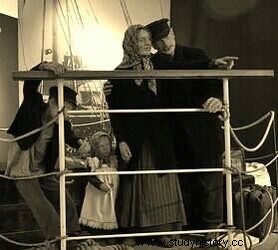
The first wave of Polish immigration to Wilno, Ontario
The first wave of Polish settlers to arrive in Canada were the Kashubs from northern Poland. When they saw their homeland in Poland being occupied by the Prussian division, many Kashibians, including men, women, and families, sailed from Poland to Wilno, Ontario, Canada. They hoped to take advantage of the free land offers offered to them by the Canadian government for agricultural land.
Two hundred Kashubians crowded on the Bark Adga to sail on the voyage to Canada by boat in 1858. Unfortunately, their mode of transportation was not very extravagant. Bark Agna was an outdated old sales boat that most likely had seen better days. It took the Polish settlers 72 days on board the vessel before they finally arrived in Quebec, Canada.
When the passengers reached the port of Bremen for registration in Canada, long boardings of other ships arrived at the same port. It was a long and treacherous journey for those with little light at the end of the tunnel.
The road to Wilno was also extremely rough. The Polish settlers tolerated very poor travel conditions. This made their journey to freedom very long and difficult.
A look at the settlers' new homeland
When they finally arrived in Wino, the settlers discovered that their promised agricultural land was mostly filled with stones. Polish families received 100 acres of land from the Canadian government to farm. It was obviously going to be a difficult task for them. A task filled with many hours of hard work to make the rocky terrain a profitable agricultural land.
It soon became clear to the new settlers that their new life in Canada was not going to be as glamorous as they had been promised. Their new Canadian lands allotted to them were not suitable for agriculture. Large boulders, steep hills and sandy soil only contributed to their difficulties in trying to clear the useless farmland.
Finally, through endless hours of hard work, the Kashubians and other Polish immigrants somehow managed to carve out prosperous farmland out of the rocks. Many of the early settlers could not speak English. Their farms were located in very remote places that were miles away from schools. The settlers worked hard to survive by harvesting the land for agriculture. Many of the children also helped with the work instead of going to school.
Wilno, Ontario is today known as the oldest Polish settlement in Canada. One of the reasons why Polish immigrants were attracted to Wilno was because it reminded them of their landscape from home in Poland.
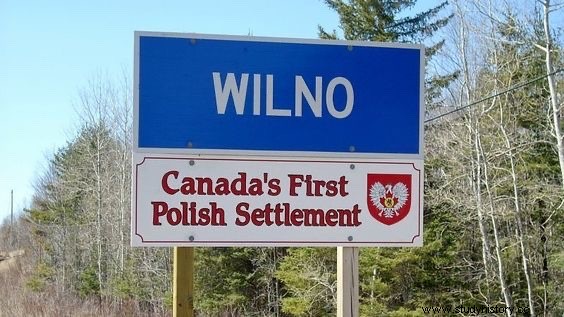
On board the Bark Agda
Despite the ship's poor condition, there were 339 passengers who boarded the Bark Agda in Bremerhaven. An overview was kept of the complete list of passengers.
Of the list, 209 passengers were on their way to Renfrew, Ontario (Wilno), 24 passengers to Port Hope and 18 passengers to Toronto, Ontario. However, not all immigrants to Canada. When they arrived safely in Canada, some passengers were transported to the United States. Popular places for Polish immigrants in the United States include:
- Chicago
- Detroit
- Iowa
- Milwaukee
Many families tried to find bunk beds close to each other on board the ship. Some members were also single. They were looking for a friend to sleep nearby. Some of the female passengers on Adga apparently had babies. They had great trouble climbing aboard the ship and getting around because they were so big. Many of the passengers came from West Prussia, a small area. They were either friends or family and had strong ties to each other.
Most of the passengers aboard the Agna also came from the same parish in Lipusz in West Prussia. Other locations included Weile, Parchowo, Ugoszcz and Stezyca.
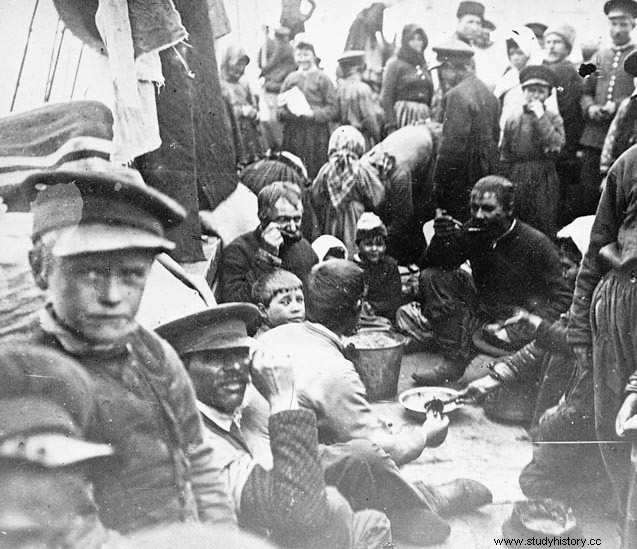
The Polish community in Wilno, Ontario as it stands today
People who visit Wilno today are often fascinated by the stunning views of the hillsides and the beautiful church perched on top of the scenic Wilno hills. Built in 1937 after the original Wilno Church burned down, St. Mary's Catholic Church offers scenic views.
Many tourists are also attracted to the Wilno Tavern for a solid selection of traditional Polish favorites and popular, appetizing Canadian choices. The famous tavern has been in operation for over 100 years and is a popular eatery for many people, including regulars and tourists.
Their authentic Polish menu includes delicious homemade food from cabbage rolls, perogies and Polish sausages to tempt your taste buds. You must also try their homemade Wilno mustard which is available for takeaway. You are guaranteed to return in seconds.
Another attraction for visitors to Wilno is the Polish Kashub Heritage Museum. located in historic buildings that still stand and some newer buildings. The museum tells the story of the Polish settlers who immigrated to Canada in the 1850s. From antique furniture to tools, antiques and clothing, visitors are taken back in time to the early days of Polish Canadian history. The historical museum is open from June to September with admission paid by donation.
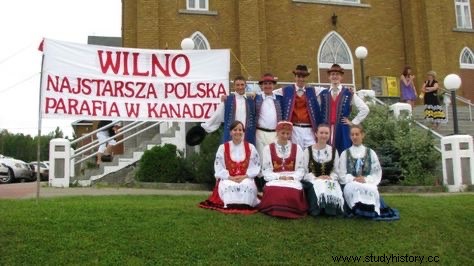
Social culture and community life for Polish immigrants to Canada
The majority of Polish immigrants to Canada are Roman Catholic. However, there are also some united and Lutheran religions. Many Polish churches were formed in Canada before World War II to provide community and social life for Polish immigrants to Canada. For several settlers, the churches provided a safe place to gather and talk to the pastor about current issues.
Social clubs began to appear in the 1930s throughout Canada to honor traditional Polish customs. Polish-speaking banks and credit unions were also opened throughout Canada for settlers to do their banking services.
The Federation of Polish Women in Canada was also established in the 1950s. The members were an independent organization that dealt with political and cultural issues faced by Poles living in Canada.
Several communities in Canada also began to open community centers where Polish members could meet folk dances in their traditional Polish style and hold entertainment events that focused on preserving their Polish heritage, customs and dance.
First Polish newspaper in Canada
The first Polish newspaper in Canada was established in 1914 in Winnipeg, Manitoba. The newspaper Czas was owned by a local Polish immigrant, Franciszek Doacek.
The newspaper was written in the Polish language and addressed Polish Canadians, and their traditional heritage and customs.
In 2004, the newspaper Czas became available to the public through:
The University of Manitoba Archives and Special Collection
331 Elizabeth Dafoe Library.
Current issues the online newspaper Czas is now available for the public to watch online.

Famous Polish immigrants to Canada
Many Polish immigrants who came to Canada made a significant impact with their contributions to the country. Here is a list of some of the most famous Polish Canadians:
1. Dominik Barcz
Dominik Barcz was the first Polish immigrant to arrive in Canada in 1752. He was a fur trader from Gdańsk, Poland, located on the shores of the Baltic Sea.
Barcz settled in Montreal, Canada. He paved the way for many other generations of Polish immigrants to find their homes in Canada.
2. Charles Bladkowitz
Charles Bladkowitz arrived in Canada in 1757. He was a surveyor who came from Prussia.
On October 18, 1776, Bladkowitz produced a map of the troop movements involved in the British Army before the Battle of Pelham.
Blaskowitz was also known for his contributions to the creation of the first atlas. The book with 250 maps and sea descriptions was called The Atlantic Neptune.
3. August Franz Globensky
August Franz Globensky was a Polish immigrant who also traveled to Canada. He became a doctor in the Hesse-Hanau army camp in Quebec City in 1776.
4. Charles Augusta Maximilian Globensky
Charles Augusta Maximilian Globensky was the grandson of August Franz Globensky. In 1875 he became a member of the House of Commons in Ottawa, Ontario.
5. Alexander E. Kierzkowski
Alexander E. Kierzkowski arrived in Canada in 1841.
In 1867, Kierzkowski was an engineer who participated in the political riding of Saint Hyacinthe, Quebec, Canada.
6. Isaac Hellmuth
Izaak Hellmuth arrived in Canada from Warsaw, Poland. His contribution to the further education of Canadians was enormous.
He became a senior founder of Huron University College London, Ontario. In 1878 he also became the founder of London, Ontario University of Western Ontario.
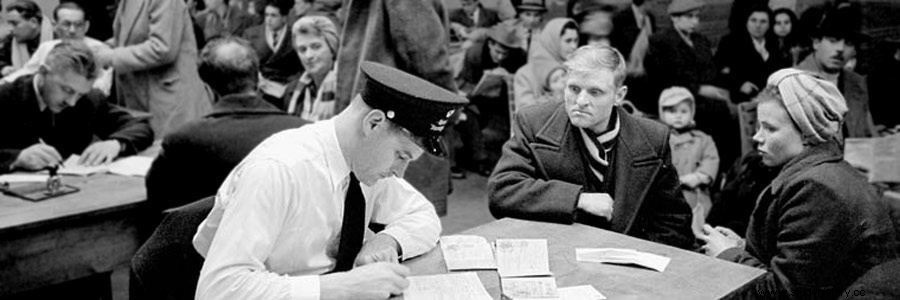
Polish traditions seen around Canada today
A panel of professors from the University of Ottawa asked the question "Why does Polish society not succeed on a broader Canadian stage compared to other ethnic groups in Canada?"
According to Statistics Canada, there are currently 1,106,585 XNUMX XNUMX Polish Canadians living across the country. Many Polish youths in Canada continue to attend Polish groups and cultural events to honor their heritage today. Some of the same young people are interested in where their relatives lived when they first arrived in Canada. Many have even traveled to see where their ancestors lived.
Many Polish Canadians also continue their Polish traditions and are extremely proud of their culture. At the same time, they are also involved in politics and economic activities taking place in Canada that are not related to their Polish heritage.
Early settlers honored their Polish roots because of how hard they fought to survive and in an attempt to be accepted in their new homeland Canada while retaining their Polish roots.
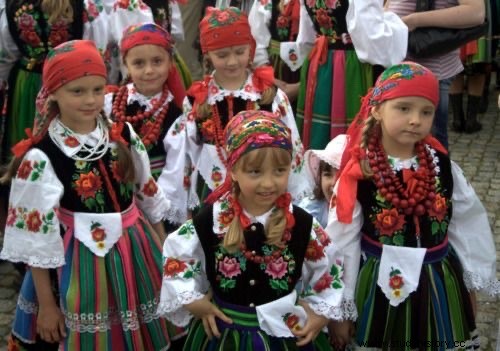
Final Thoughts
Nowadays, there are not many newcomers from Poland, and many Polish Canadians seem to have lost the stamina that their grandparents once had. It is clear that Polish culture is not as much talked about as other cultures in Canada. For example, blacks, Muslims, Hindus, Buddhists, among others, are widely broadcast across Canadian television stations daily. But you do not often hear stories of Polish heritage being broadcast on news stations.
Maybe it's because many Polish Canadians are humble and proud of their roots and the hard work their ancestors have endured for them to be in Canada. Their presence in Canada was not something that was easily passed on to them. On the other hand, Polish heritage is still important to many Canadians who still participate in groups and activities related to their heritage. The following quote was written by a Polish Canadian girl in class two who lives in Ottawa, Ontario.
“I am a Canadian who is proud of my Polish roots. I know that my ancestors worked very hard to build this land that I am so lucky to call my home. "
